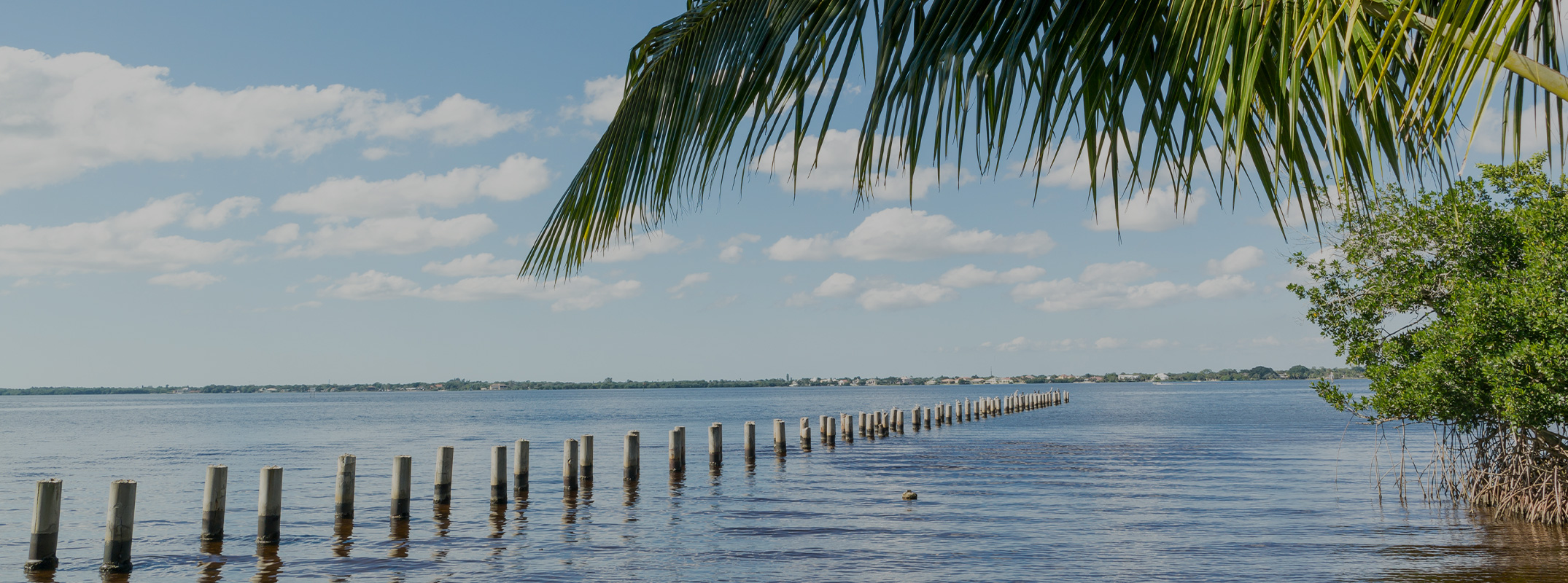Low-E Windows Are Literally (And Figuratively) Green And Likely A Material Alteration of the Condominium
By: Christopher L. Pope, Esq., Board Certified by the Florida Bar in both Construction Law and Condominium and Planned Development Law
Most condominium Declarations require the unit owners to maintain, repair, and replace the windows to their unit (except when damage is caused by an insurable event). The original windows in a condominium unit are often builder-grade, which are not the highest quality, not impact rated for hurricanes, and not energy efficient. As such, many unit owners are replacing their windows with windows that are impact resistant and energy efficient to protect their units from hurricane or windstorm debris and lower their cooling costs.
Although most of the windows sold today are energy efficient, the window companies are leveraging the marketing of the “green energy” movement to push unit owners to purchase Low-E windows. The “E” in Low-E stands for “emissivity” which, simply stated, reduces the amount of heat transfer, so Low-E windows are ideal for the Florida climate, but the problem for condominiums is that, if installed, they will not match the older, clear windows of the condominium because they have color.
Low–E windows have a microscopic reflective metallic coating applied to the glass during manufacturing that reduces the amount of ultraviolet and infrared light that can pass through glass. The issue is that the reflective coating gives the glass color (green, gray, or bronze), so it is impossible for them to match the clear windows. In fact, the standard Low-E glass is called “clear,” but appears green when viewed from the exterior of the building. The green color is accentuated when there is a background, such as blinds or shades.
As such, condominiums must be aware that the installation of Low-E windows will not match the existing clear windows in the condominium and will change the exterior appearance of the building. There will be noticeable colored windows in stark contrast to the clear windows, much to the chagrin of the other unit owners. As a result, there is a strong possibility that a unit owner or the condominium association may become embroiled in legal action to restore the harmonious appearance of the building.
Moreover, if the windows are limited common elements, the change in appearance will likely be palpable enough for the Low-E windows to be considered a material alteration of the condominium that may have required a vote of the unit owners prior to installation.
The accepted judicial definition of “material alteration or addition” was provided by the decision in the case of Sterling Village Condominium, Inc. v. Breitenbach, 251 So.2d 685, 697 (Fla. 4th DCA 1971), in which the Court stated that “the term ‘material alteration or addition’ means to palpably or perceptively vary or change the form, shape, elements or specifications of a building from its original design or plan, or existing condition, in such a manner as to appreciably affect or influence its function, use, or appearance.”
Generally, Florida courts have held or have ruled that most changes are considered material alterations requiring an owner vote unless the common element is in need of repair; the change is necessary due to either code requirements or to protect the common elements; or the change is not really a change, but the correction of a prior, improper material alteration.
If the Declaration is silent as to material alterations, Florida law requires that 75% of the total voting interests of the association must approve the alterations before they are made. If the Declaration does address material alterations, then the voting procedure and approval requirements contained in the Declaration controls.
Alternatively, if the windows are considered part of the unit rather than the limited common elements, the installation of Low-E windows may violate the Declaration prohibiting a change in the appearance of the exterior of the building and require a member vote to approve the change or amend the Declaration.
Whether a material alteration or a violation of the Declaration, the failure of the association to require or the failure of the unit owner to obtain the proper vote may result in expensive litigation and the windows ordered removed at a total loss to the unit owner.
Condominium associations can avoid these problems by adopting detailed specifications for window replacements. For condominiums inclined to allow the installation of Low-E windows, they should, in addition to holding any required votes, consider specifying a particular Low-E window and glass color for all future replacements so that all of the windows may eventually match.

